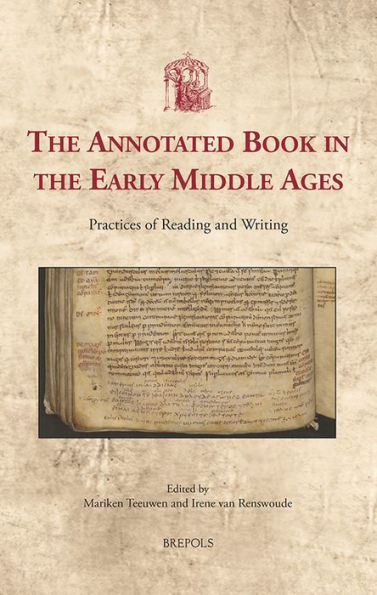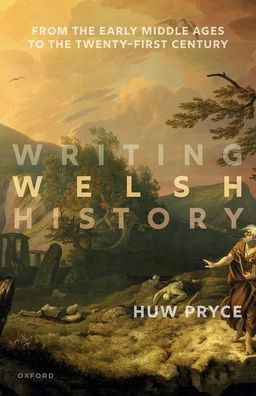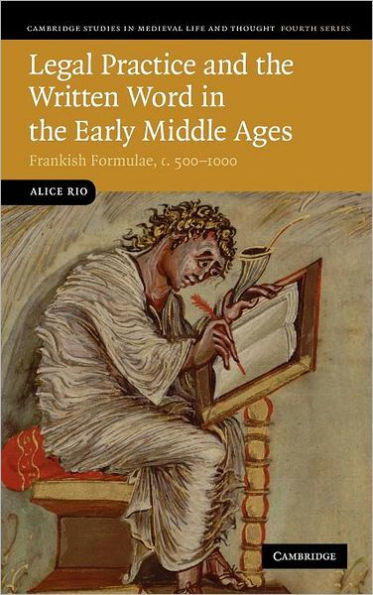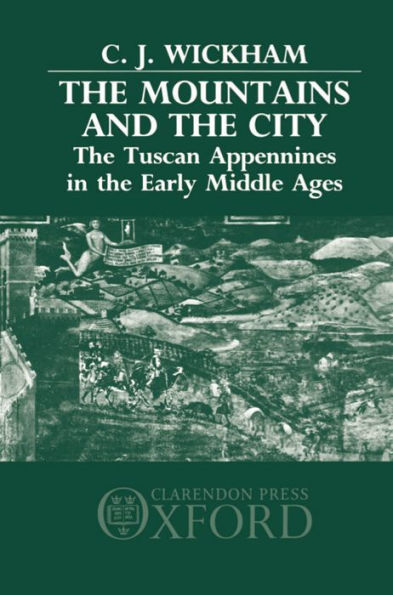Home
The Annotated Book in the Early Middle Ages: Practices of Reading and Writing
Barnes and Noble
Loading Inventory...
The Annotated Book in the Early Middle Ages: Practices of Reading and Writing in Franklin, TN
Current price: $195.00

Barnes and Noble
The Annotated Book in the Early Middle Ages: Practices of Reading and Writing in Franklin, TN
Current price: $195.00
Loading Inventory...
Size: OS
Annotations in modern books are a phenomenon that often causes disapproval: we are not supposed to draw, doodle, underline, or highlight in our books. In many medieval manuscripts, however, the pages are filled with annotations around the text and in-between the lines. In some cases, a 'white space' around the text is even laid out to contain extra text, pricked and ruled for the purpose. Just as footnotes are an approved and standard part of the modern academic book, so the flyleaves, margins, and interlinear spaces of many medieval manuscripts are an invitation to add extra text. This volume focuses on annotation in the early medieval period. In treating manuscripts as mirrors of the medieval minds who created them - reflecting their interests, their choices, their practices - the essays explore a number of key topics. Are there certain genres in which the making of annotations seems to be more appropriate or common than in others? Are there genres in which annotating is 'not done'? Are there certain monastic centres in which annotating practices flourish, and from which they spread? The volume thus investigates whether early medieval annotators used specific techniques, perhaps identifiable with their scribal communities or schools. It explores what annotators actually sought to accomplish with their annotations, and how the techniques of annotating developed over time and per region.
Annotations in modern books are a phenomenon that often causes disapproval: we are not supposed to draw, doodle, underline, or highlight in our books. In many medieval manuscripts, however, the pages are filled with annotations around the text and in-between the lines. In some cases, a 'white space' around the text is even laid out to contain extra text, pricked and ruled for the purpose. Just as footnotes are an approved and standard part of the modern academic book, so the flyleaves, margins, and interlinear spaces of many medieval manuscripts are an invitation to add extra text. This volume focuses on annotation in the early medieval period. In treating manuscripts as mirrors of the medieval minds who created them - reflecting their interests, their choices, their practices - the essays explore a number of key topics. Are there certain genres in which the making of annotations seems to be more appropriate or common than in others? Are there genres in which annotating is 'not done'? Are there certain monastic centres in which annotating practices flourish, and from which they spread? The volume thus investigates whether early medieval annotators used specific techniques, perhaps identifiable with their scribal communities or schools. It explores what annotators actually sought to accomplish with their annotations, and how the techniques of annotating developed over time and per region.

















